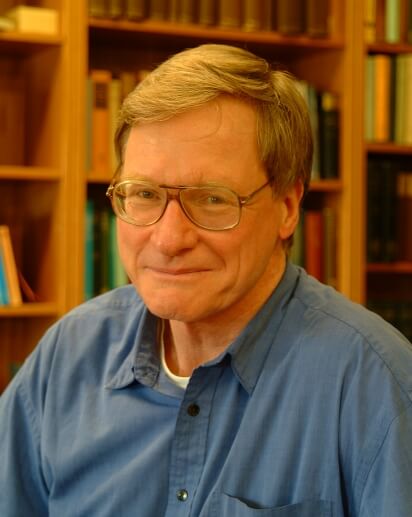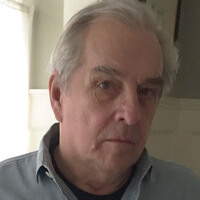Bruce Nelson was a great friend. I’ll never forget the first time I met him, in the Buttercup
Bakery on College Avenue in Berkeley, sometime in the late 1970s. Bruce came out of a
different ethno-class background than me, he had been in a different political sect, and he had
actually “industrialized,” which gave him enormous street cred in both of our circles. We
bonded immediately because of a shared passion for understanding the mentality of workers,
in struggle and out. His Workers on the Waterfront (1989) was and is a classic that explained
how radicalism and militancy can spring from the most prosaic ideas about what should
constitute the good life. I think some of Bruce’s experience studying theology before he
entered the Berkeley history program was put to excellent use in that book. It unquestionably
exemplifies what was most exciting and attractive in the “new labor history.”
A shared generational experience can be a powerful thing. Visiting Bruce in Vermont in 1990 –
he was teaching at Dartmouth – we both watched, I think for the first time, the new video,
“Berkeley in the Sixties.” We took an enormous, unstated pleasure from that, whatever the
various arguments and controversies we were happy to refight about those times. In the mid
1990s Bruce and I were able to spend some time together in Charlottesville when he was at the
Carter Woodson Institute on a fellowship. It was such a delight to hang out with him,
exchanging any and all ideas about our profession and the life we led within it. We would meet
my son at a local ice cream parlor after Dan’s Hebrew lessons. “Sky’s the limit!” we would both
tell him in recognition and reward for all of his Bar Mitzvah study.
Bruce was then working on the book that would become Divided We Stand (2002), a study of
“whiteness” and its corrosive impact on working-class solidarity and militancy. So, Bruce was
also among the vanguard of labor historians who were properly putting a question mark next to
many of the assumptions put forward in that now aging “new labor history.” He did it with skill,
resourcefulness and an absence of polemic. The work had a big impact on my own work and in
particular on the study I was then making of the kind of people who worked for and managed
Wal-Mart.
Upon his passing I had not yet read Bruce’s Irish Nationalists and the Making of the Irish Race
(2012), but as it happens Eileen Boris and I learned of his death just hours before we were off to
the airport for a visit to Ireland, my very first. I quickly grabbed a copy of his book from my
bookshelf and stuffed it in my luggage. Thank goodness I did, because reading Bruce Nelson’s
Irish Nationalists proved an extraordinary journey, an illuminating compliment to the museums
and monuments of Dublin itself. Bruce captures all the drama inherent in the Irish struggle for
nationhood, both tragic and triumphant. Most important, the book is a highly nuanced study of
the ideological and cultural tensions inherent in the growth of Irish nationalism. Did the Irish
revolutionaries see themselves as part of a world-wide, multi-national, multi-racial struggle for
liberation? Or were they for “ourselves alone,”indeed the last “white nation” still oppressed by a 20th century imperium? While working on this book, Bruce conducted numerous tour groups
through Ireland. Those of us who failed to tag along, really missed something special.







